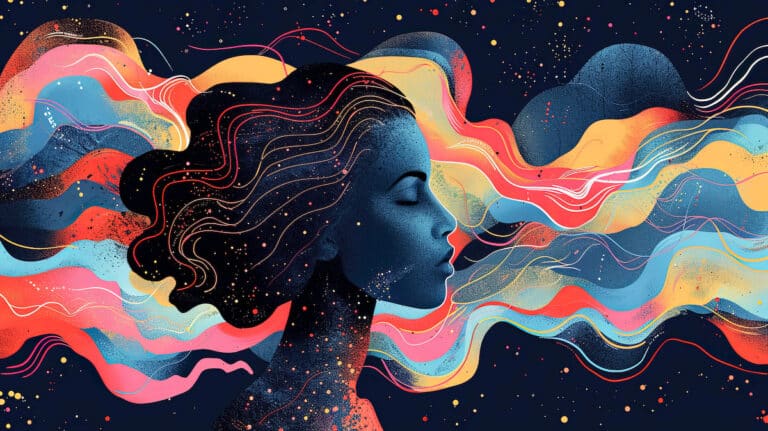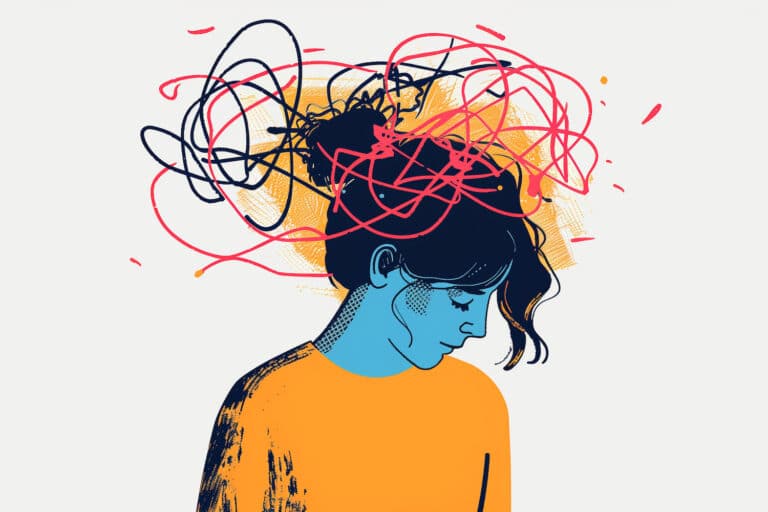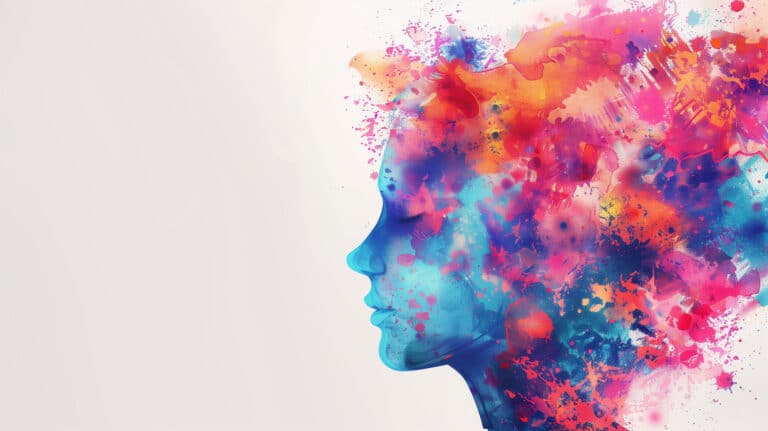Body dysmorphic disorder (BDD) is a mental disorder that impacts 1-2% of the U.S. population, but because it often goes undiagnosed, those affected could be higher. Although this disorder been around for some time, clinicians continue to strive to gain a more thorough understanding of the symptoms and treatments.
BDD is a type of obsessive-compulsive disorder, characterized by the following criteria:
- Extreme preoccupation with one or more nonexistent perceived body defects or flaws, lasting at least an hour a day and interfering with life functioning.
- Repetitive, compulsive behaviors related to flawed perceptions of parts of their body. These behaviors may include body checking by frequently looking in the mirror at the part(s) of their body they feel are flawed or defective, picking/grabbing skin, scratching the skin, excessive grooming, changing clothes numerous times, or continually seeking reassurance from others.
- Symptoms are at a severity that is deemed Clinically Significant. While many people hold some insecurity related to parts of their body, not all meet the criteria for a BDD diagnosis. Clinical significance is determined by symptoms that cause substantial distress or impairment in social, occupational, or other important areas of functioning. These impacts are so significant that research shows approximately 80% of individuals with BDD report that they have experienced suicidal thoughts, which is 10 to 25 times higher than that of the general population. One in four individuals suffering from attempt suicide.
It is important to note that not everyone with an eating disorder meets diagnostic criteria for body dysmorphic disorder but many individuals with an eating disorder suffer from BDD symptoms. For those with eating disorders, the primary target tends to be body weight, shape, and or size. Individuals may engage in compulsively weighing themselves, measuring themselves, and body checking through behaviors mentioned earlier. In extreme cases, an individual may be diagnosed with both an eating disorder and BDD.
The obsessive focus of BDD produces insecurities, often leading to extreme anxiety. Ritualistic behaviors are often used to control the perceived body defect, and frequently require ongoing reassurance from others. Individuals spend vast amounts of time focused on their perceived flaw, in fact, 87% of individuals with BDD continuously check disliked body areas in mirrors and other reflective surfaces. Others frequently seek out unnecessary dermatological cosmetic, or dental procedures that do not resolve the perceived body defects.
Unfortunately, body dysmorphic disorder and body image issues related to eating disorders are often misunderstood. Individuals look in the mirror and do not see themselves as they truly are, with many equating their highly distorted vision of themselves to vanity and the impact of media. When the focus is placed solely on the surface, we miss numerous psychological contributors to BDD and negative body image, such as bullying, trauma, childhood messages, perfectionism, shame, low self-worth, depression, anxiety, and other psychological pain.
At Magnolia Creek we use interventions that help our clients explore and identify these deeper connections. Our clinicians have seen a success in treating BDD with Cognitive Behavioral Therapy (CBT), as it helps our clients identify negative self-talk, challenge the negativity, and change their negative thought pattern. Our clients suffering from body dysmorphic disorder are encouraged to expose their perceived flaws, as we assure them these flaws are insignificant, most importantly to others around them.
We understand that there are times in which it feels easier to focus on our bodies rather than on the pain that lies within us. Part of our comprehensive treatment program is to help our clients work through the pain that is present. We customize a plan that helps to meet the psychological, medical, nutritional, spiritual, and relational needs of our clients.




